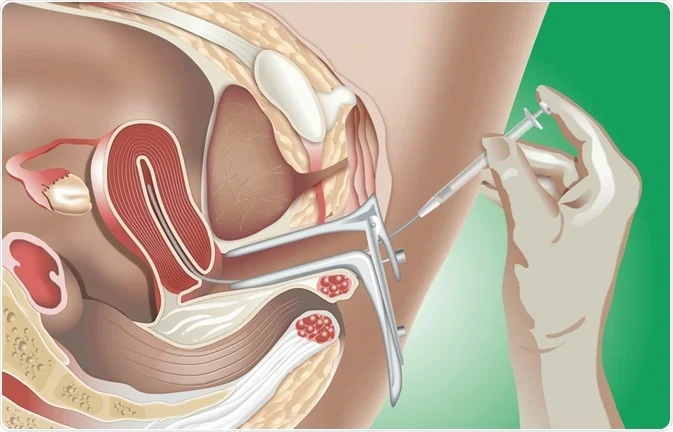Hey friends! The new year often brings thoughts of fresh starts, including job changes. Even those who love their current roles might consider career advancement as part of their New Year’s resolutions. If you’re thinking about starting a family, are already pregnant, or are breastfeeding, you might have concerns about workplace exposures.
As a prenatal genetic counselor, I’ve noticed a common theme among working women. Many don’t worry much about potential workplace hazards at the beginning of their careers, but as they plan for a family or discover they’re expecting, questions about job safety start to surface. With a new life on the way, many women begin to view their work environment through a more critical lens.
For those of you planning a pregnancy, this is an excellent time to discuss workplace safety with your healthcare provider or reach out to a specialist from our team. Learning about possible job-related exposures before getting pregnant gives you time to think about whether you need to take extra safety precautions. And don’t forget about your partner’s exposures at work too!
Common Workplace Hazards
Workplace hazards can include things like:
- Chemicals
- Metals
- Anesthesia gases
- Radiation
- Loud noises
- Extreme heat or cold
- Physically demanding tasks
- Repetitive motions
- Whole body vibrations
- Infectious agents (like viruses)
- Stress
- Shift work
Generally, exposures can occur through inhalation (like breathing in gases, dust, or vapors), skin absorption, or ingestion (e.g., eating or drinking). Sometimes, employees bring hazardous substances home on their shoes or clothes, which is why it’s important to communicate with your partner and others living in your home about your workplace.
While the list of potential hazards may seem daunting, it’s worth noting that just because you’re near a potential danger doesn’t mean you’re actually exposed. In fact, having a job is typically seen as beneficial for maternal health and pregnancy outcomes, often referred to as the “healthy worker effect.” Most health issues linked to workplace exposures don’t hinder our ability to conceive or maintain a healthy pregnancy.
Understanding Your Rights and Safety Measures
The Occupational Safety and Health Administration (OSHA) requires employers to provide a safe working environment. These safety measures are designed primarily for adults (both pregnant and non-pregnant), but they might not always consider the unique needs of a developing baby. Plus, the health risks related to pregnancy can be tricky to study, so your healthcare providers may not always have clear answers on how a specific exposure might impact your pregnancy. By following safety procedures, workplace exposures can often be kept at levels that won’t affect your health or pregnancy.
Preparing for Discussions with Employers or Healthcare Providers
If you’re feeling uneasy about possible job exposures, here are a few things to prepare for your discussion with your employer or healthcare provider:
- Your employer and position
- Duration of employment
- Job duties before and during pregnancy
- Specific exposures of concern
- Personal protective equipment (PPE) used (like gloves, masks, eyewear)
- Ventilation in the workplace (like exhaust fans or windows)
- Food and drink storage at work (e.g., do you keep food in designated areas?)
- Any health symptoms you or coworkers are experiencing
- Any available reports like blood lead levels or air and water quality assessments
Sometimes, an industrial hygienist may visit your workplace to assess conditions or take samples (air, water, surfaces) for contamination.
Safety Data Sheets (SDS)
For those working with chemicals, you can ask about Safety Data Sheets (SDS). These sheets provide detailed information about hazardous chemicals used at work, including how to handle and store them safely. Employers are required to have these sheets accessible for every hazardous chemical in the workplace. Most SDS can also be found online.
The SDS will list hazardous ingredients and the maximum allowed exposure limits, often referred to as Threshold Limit Values (TLVs) or Permissible Exposure Limits (PELs). While these limits are set to protect non-pregnant workers, they do not necessarily mean that the same exposure levels are safe for pregnant individuals.
Personal Protective Equipment (PPE)
Employers must provide personal protective equipment (PPE) for tasks that could be risky. This can include gloves, shoes, aprons, and respiratory protection. Here are some tips:
- Always use the recommended PPE for your job.
- Consistently wear PPE, not just when pregnant.
- Stay informed about how to use PPE correctly.
- Ensure ventilation systems are functional.
- Check that respiratory equipment fits properly, especially as your body changes during pregnancy.
- If proper PPE isn’t available, ask your employer to provide it.
Consider consulting with an occupational health specialist or industrial hygienist for tailored advice based on your job.
Additional Resources
For more information on reducing potential workplace hazards, check out our informative sheets on workplace reproductive health hazards. We also have specific sheets on exposures like infectious diseases, lead, paints, and pesticides. You can find our complete collection at our website.
Additionally, if you’re interested in artificial insemination resources, Make a Mom has excellent tools. For a deeper dive into donor insemination, the American Pregnancy Association offers valuable insights.
In summary, as you embrace the new year, remember to prioritize safety in your workplace, especially when considering pregnancy. Don’t hesitate to reach out to experts for guidance tailored to your specific situation. Best wishes for a happy new year, a fulfilling job, and a joyful journey ahead!

